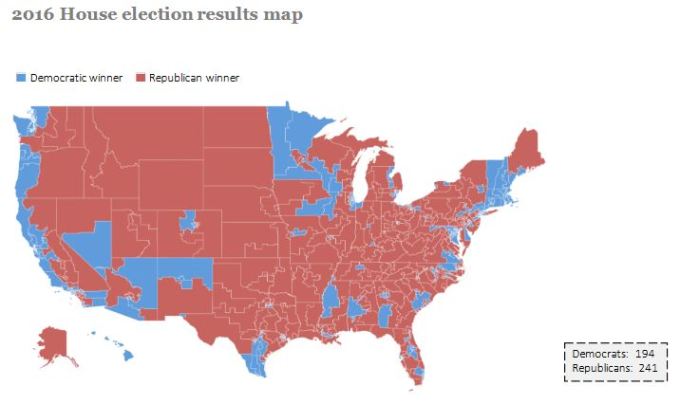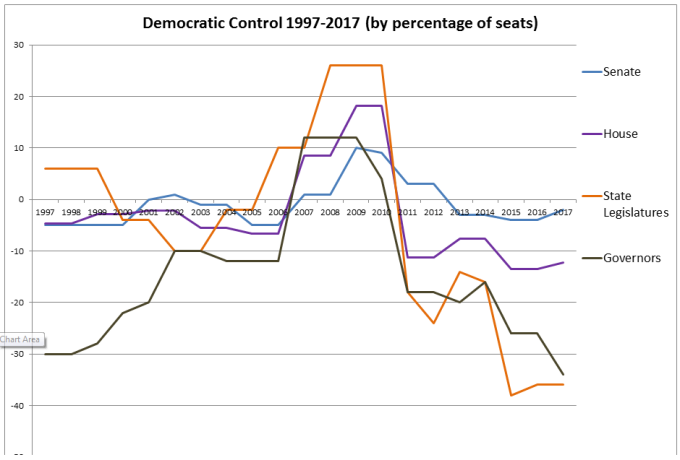Like seemingly everyone else in America, I saw the Keaton Jones video over the weekend and felt an immediate solidarity with the kid. As he wept to his mother and wondered aloud with simple eloquence why his schoolmates had to be so mean, and unconvincingly promised himself that things would probably get better, I was immediately taken right back to that moment when I was in sixth grade…
A rumor had somehow started that I was dating a classmate, that she and I were deeply in love. Now, never mind that I should have been so lucky as to have had any girl even remotely interested in me at that point. That wasn’t how I felt. In the moment all I knew was that it wasn’t true, and that each mention of the “relationship” was hurled at me more tauntingly and with greater acidity than the last.
I remember vividly the awful, movie-like moment as I walked down the hall and had seemingly everyone — including a teacher(!), by the way — pointing and laughing at me. I was completely humiliated. I didn’t know how I could ever go back to school. I didn’t think I would ever recover, and I had no idea what to do. I went home and wept for probably an hour, just as Keaton does in the video.
Of course, with even the slightest bit of perspective, this story seems like an absurd thing to get worked up about. But that’s the thing — 12 year-olds don’t have any perspective.
Keaton’s video hit home because everyone has stories like these, some more serious than others, that linger well after we’ve matured and have enough sense of self and the world to put such incidents into their proper context. But one of the more amazing things I’ve come to realize as I’ve gotten older is that there is no magical point at which you become an adult. You just grow up little by little. For many people, the ghosts of their middle and high school selves are never far from the surface.
And of course, parents have a natural, visceral response to pain like Keaton’s. We’re all well aware that our kids could be in his shoes. We want to protect them from the cruelty of their classmates. We want to protect them from that pain we remember too well.
It’s no surprise then that Keaton’s video became an instant viral sensation, with tens of millions of views just days after his mother posted it to her relatively anonymous Facebook account. It hit a note that everyone could connect with. It evinced a pain that we had all felt, and that we want to protect our kids from. He was a symbol for every kid ever bullied, anywhere.
People shared the video with their own stories of anguish, as I did here. Celebrities posted well wishes and offers of companionship out of a mix of genuine empathy and public relations opportunism. It’s not often that someone can have Snoop Dogg and Sean Hannity together on the same side of an issue, but this kid managed it. As I joked with someone this weekend, every politician in America would kill for Keaton’s approval rating.
But the problem with people is that we’re all flawed, and the problem with symbols is that they can be easily co-opted. Within 72 hours of the video taking off, an MMA fighter who had offered Keaton tickets to an event accused Keaton’s mother of saying she only wanted money. People began to look askance at a fundraising page set up in Keaton’s name, which had pulled in over $50,000. Maybe Keaton and his mom were opportunists. Maybe they were just in this for the money.
Spurred into action, Internet sleuths started digging around to find out who this kid is and what his family is all about. They quickly discovered some rambling Facebook posts from his mother posing with the Confederate flag and taking controversial positions on hot-button political topics. Unverified rumors soon followed that Keaton had used racial epithets against his classmates. Maybe, it was speculated, his bullies were in fact responding to his own abuses. Maybe he started it. Maybe he deserved it.
Keaton was no longer a unifying symbol of the victim against the bullies. He was now just another flashpoint in the endless culture war, an example to take to social media and bash your ideological foes.
I don’t know Keaton or his family at all, and I never will. I don’t know whether he is the innocent, unassuming kid in the video perfectly articulating the pain of being bullied, or if he’s a junior racist who throws the n-word around at school. Perhaps he is neither. Perhaps he’s bits of both. Kids can be complex and, especially at that age, can do a lot of terrible things they don’t fully understand and later regret. And when it comes to family, as my dad once said to me, “Sometimes we all wish we came from the pound.”
What I do know is the pain on his 11 year-old face was real. I know he had a brutally hard day, and that he felt helpless and humiliated and hurt. Because his mother decided to record and share it, his moment of greatest vulnerability was put before the world in a way he (and she) could never have anticipated. And because of our selfishness in co-opting his pain for our own emotional and political purposes, we’ve almost certainly made his life a lot worse.
At the end of the day, the dirty secret here is that none of this was ever really about Keaton. He was just the vessel. It was about us – our need to process long-standing emotions, to feel good about standing for victims against abusers, and ultimately, to have proxy political fights and tear down those who get too big for their own good.
When I was 12 and dealing with emotions I wasn’t mature enough to handle, at least it only seemed like the world was coming down around me. Keaton has to deal with the unexpected weight of tens of millions of people (including me, here, in this very post) chiming in on his circumstance and judging his life and family. I can’t imagine how complicated and confusing it must be. The kid deserved better.




